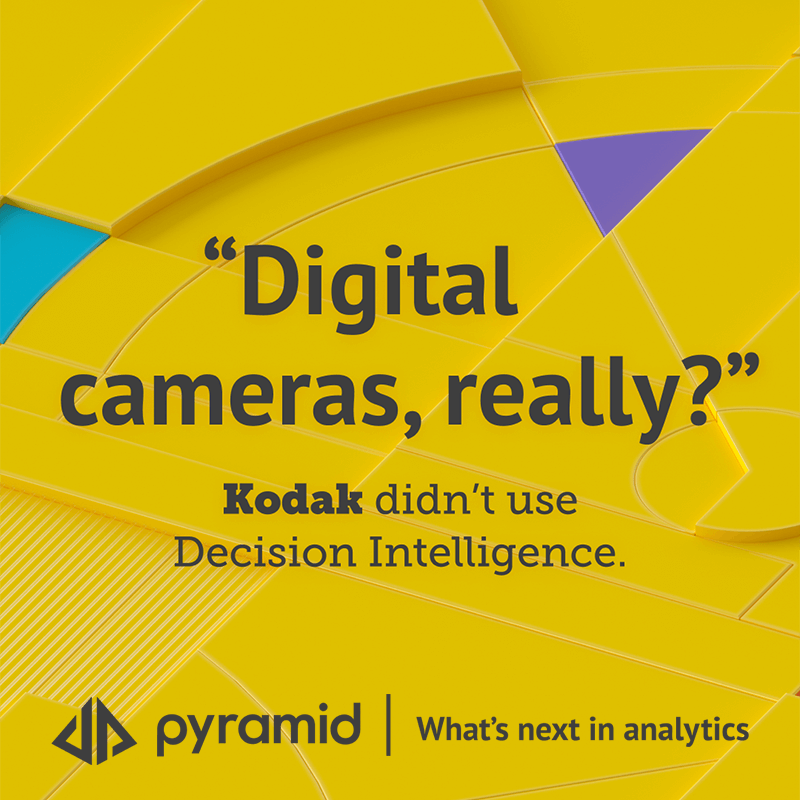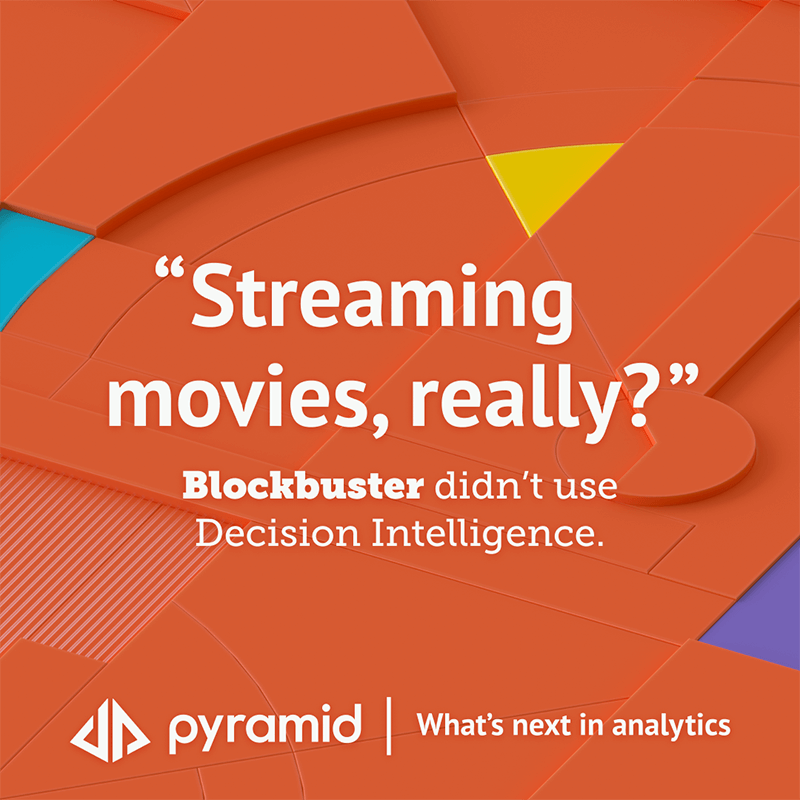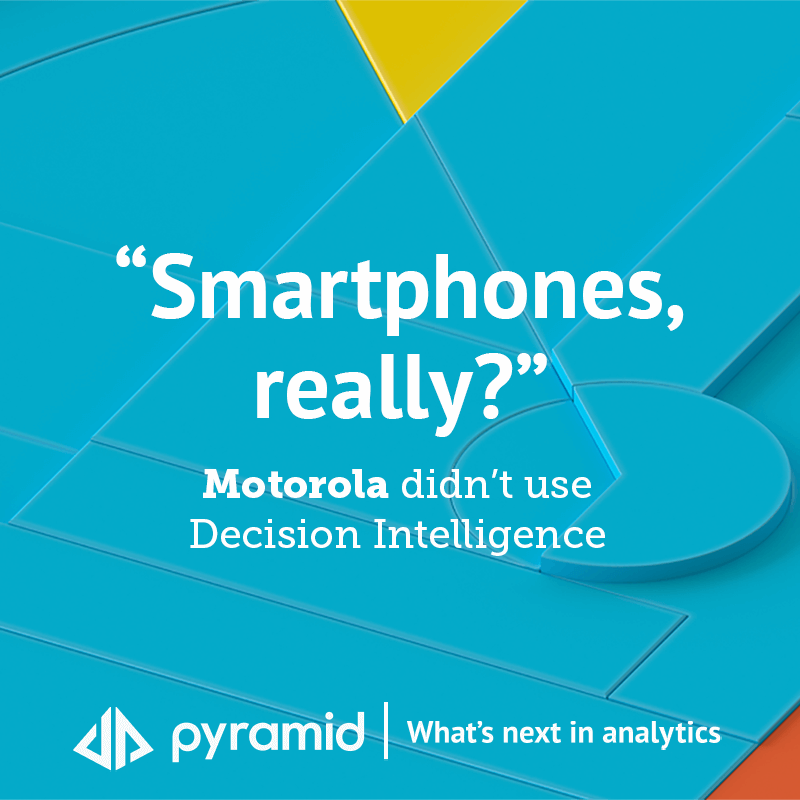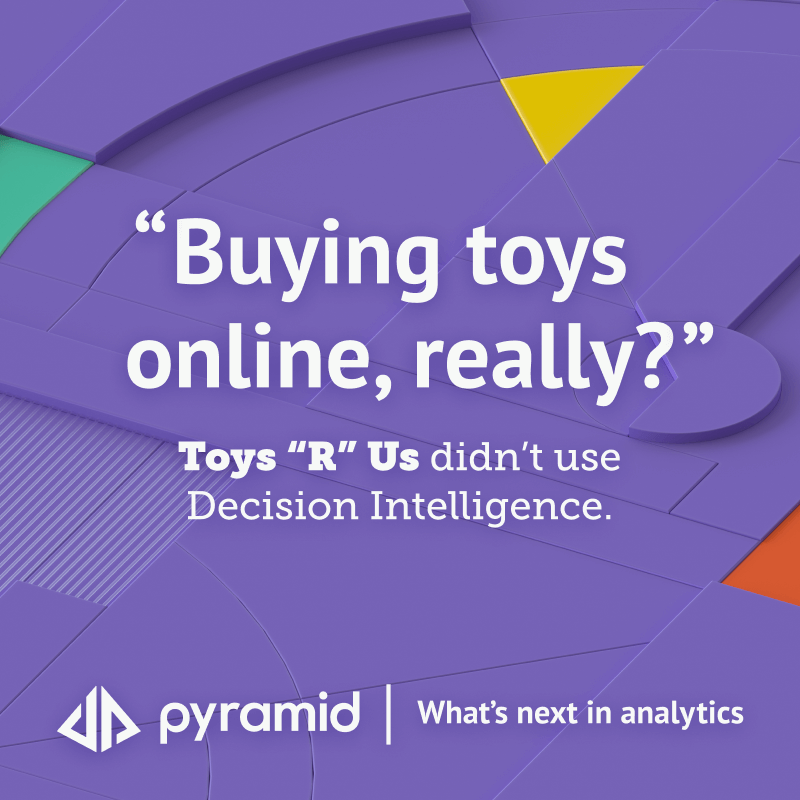The collapse of Toys R Us was mostly due to the failure to act in the face of change. For a long time, its convenience and low prices made it the center of gravity around which the toy market revolved. However, it never seemed to realize that by the 2010s, those days were long past.
The rise of convenient online shopping and bargain stores like Walmart put a lot of pressure on the retail sector. Some brick-and-mortar chains stayed afloat by offering online shopping. Others started offering unique in-store experiences to differentiate them from other stores and give customers a reason to show up.
Toys R Us had a business model based on convenience and low prices, but online retailers were convenient, and bargain stores were cheaper. Outdone from all directions, it simply failed to offer any reasons for customers to show up.
With good business intelligence practices, it’s likely that Toys R Us would have survived. These practices would have set off alarm bells in its headquarters by the early 2000s, and it very likely would have shifted its strategy instead of sleepwalking into bankruptcy.







